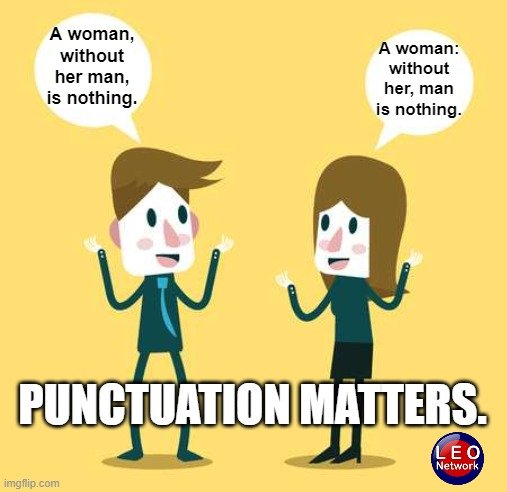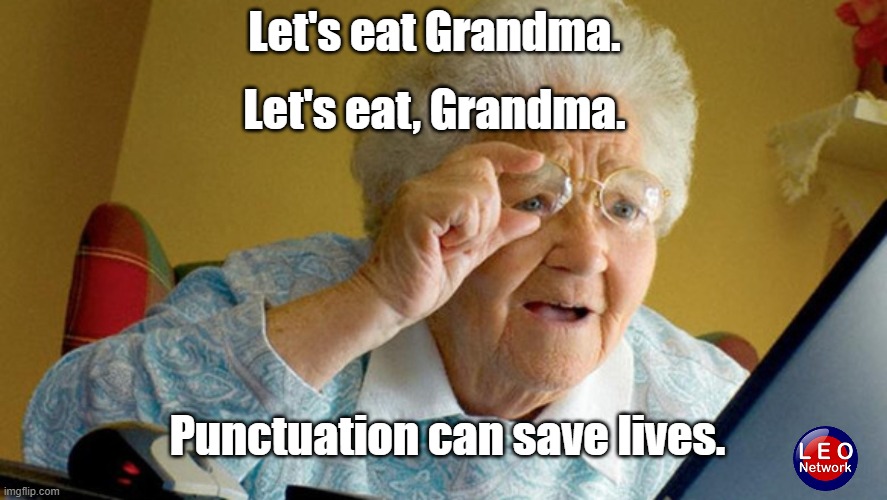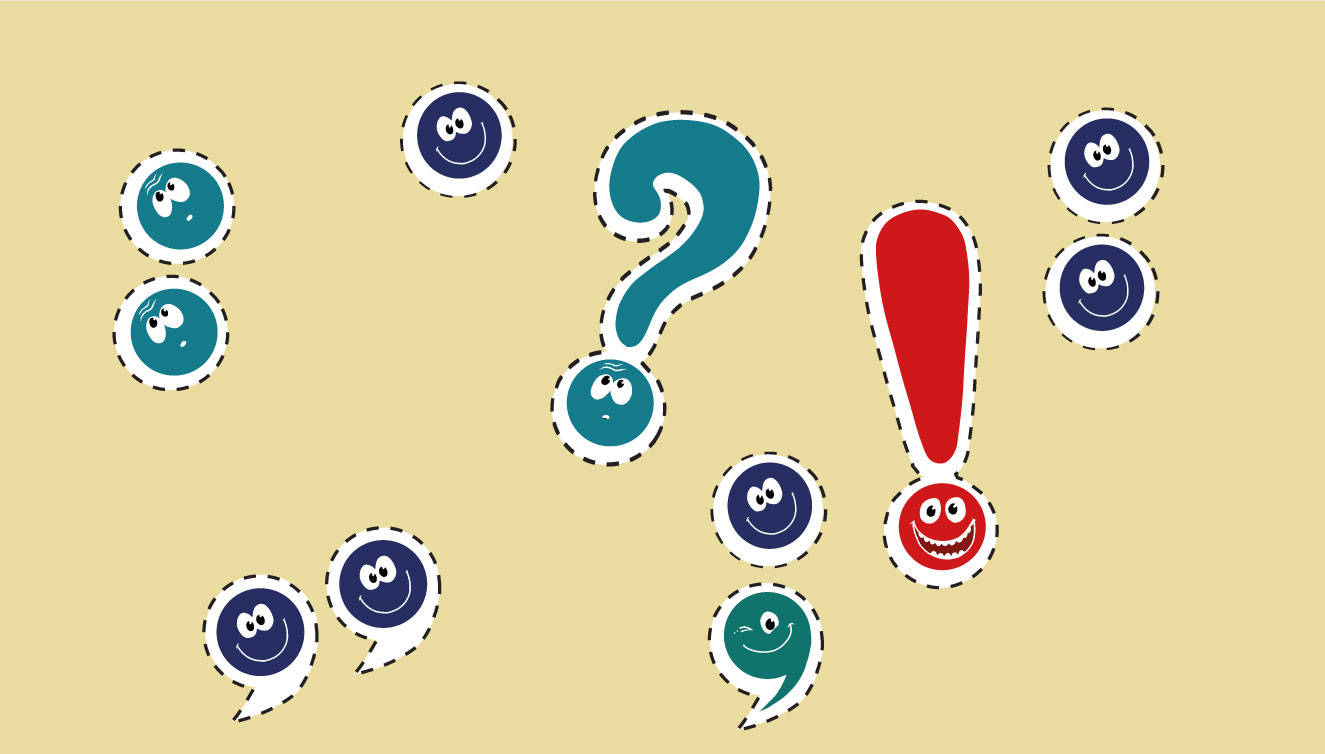The comma ( , ) is a punctuation mark that can be used in many contexts, and has the power to cause lots and lots of arguments. In written English sentences it's mainly used for separating parts of a sentence, such as clauses, and items in lists.
Separation of clauses
In English, a comma is used to separate a dependent clause from the independent clause if the dependent clause comes first: After I fed the cat, I brushed my clothes. (Compare this with I brushed my clothes after I fed the cat.)
A relative clause takes commas if it is non-restrictive, as in I cut down all the trees, which were over six feet tall. This means all the trees were cut down, and they were all over six feet tall, but without the comma, it would mean that only those trees over six feet tall were cut down.
After adverbs
Commas are always used to set off certain adverbs at the beginning of a sentence, including however, in fact, therefore, nevertheless, moreover, furthermore, and still.
For other adverbs using a comma is a matter of personal choice, including then, so, yet, instead, and too (meaning also).
Commas in lists
When writing lists a comma is placed between the items, simply to make it easier to read.
For example: The Learn English Network has 3 websites, a forum, a blog, a virtual world, a Facebook page, a Twitter page, and a YouTube account.
Some people place a comma before the final conjunction (and, or, nor) in a list of more than two elements. A comma used in such a position is called an Oxford comma (aka a serial comma, or a Harvard comma). On the Network we only use it when it makes sense. It's something you need to get a feel for.
If you are still not convinced, take a look at some of these funny punctuation memes:




